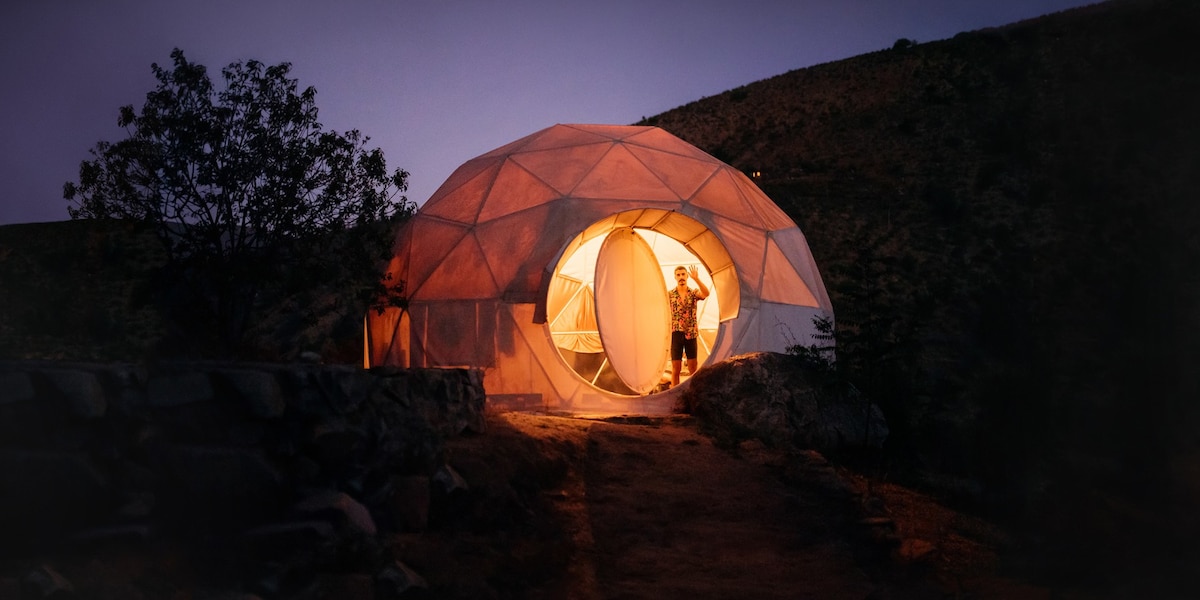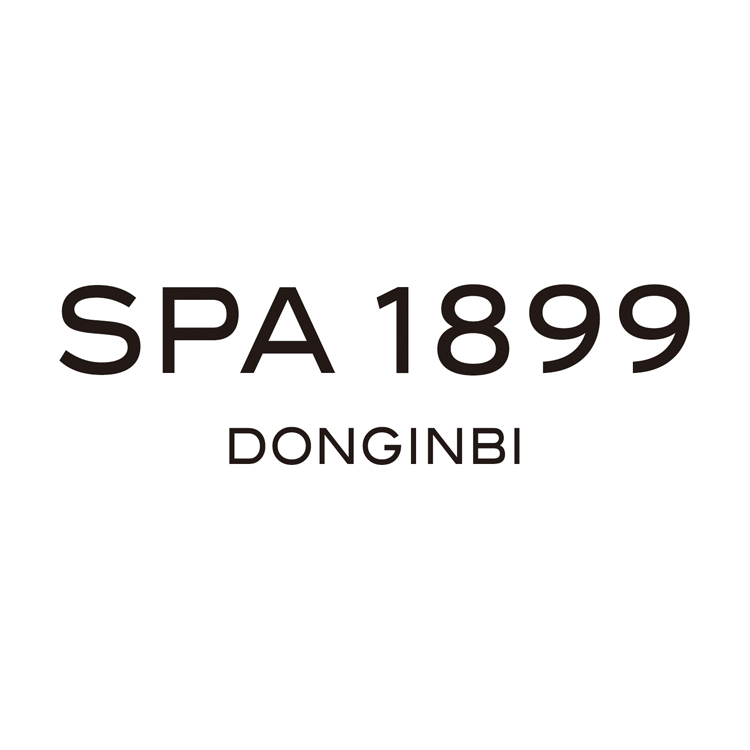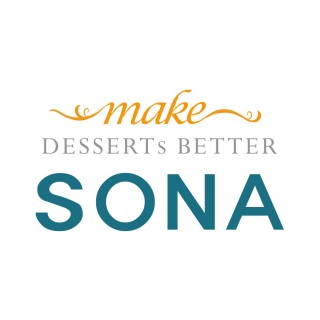Highlights of Seoul

See: Seoul's Royal Palaces
Tucked amongst the modern skyscrapers, Seoul has five historic palaces, showcasing the country’s rich heritage. Characterised by their elegant sloping roofs, symbolic red and green ‘dancheong’ colour scheme and beautifully landscaped grounds they offer a fascinating glimpse into Korea’s past.
Whilst it's possible to visit all five of the palaces, if you are only in Seoul for a few days it’s best to pick just one or two to explore.
Gyeongbokgung:-
This is the grandest of all the palaces and was built in 1395 by King Tajeo, the founder of the mighty Joseon dynasty. Highlights include the stunning throne room and the palace’s picturesque lake-side pavilions, framed by cherry blossom in the spring and dotted with lotus flowers in the summer
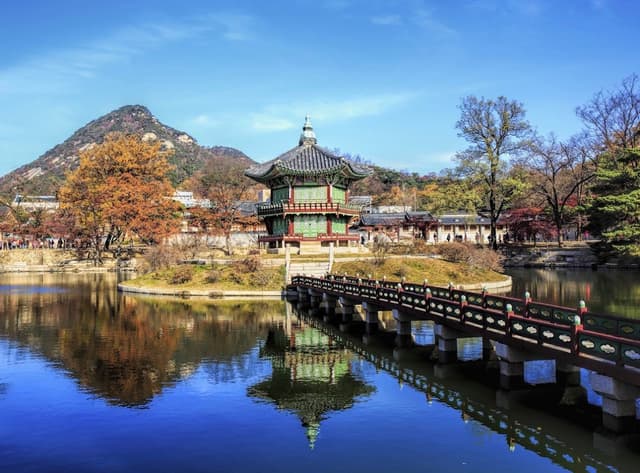
Changdeokgung:-
Created in 1404 as a secondary palace, it actually served as the primary royal residence for over 250 years and has been designated a UNESCO world heritage site. The highlight here is a visit to the 'Huwon' (secret garden), a place once reserved for the kings to relax and entertain. The gardens are particularly stunning in the spring and autumn.
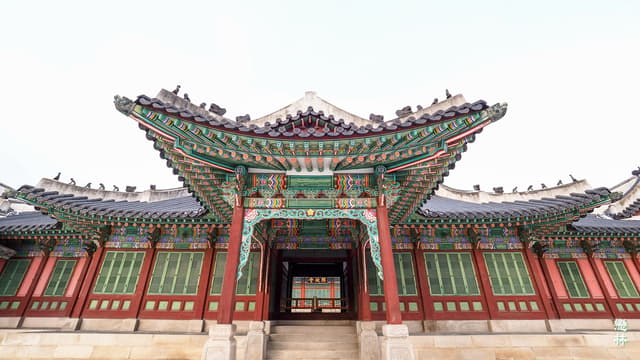
Top Tip: The palaces offer free entry to visitors wearing 'Hanbok' (traditional Korean dress) and you will notice many people strolling around the grounds looking as if they had stepped straight out of the Joseon royal court. You can find many places near the palaces to rent these traditional outfits.
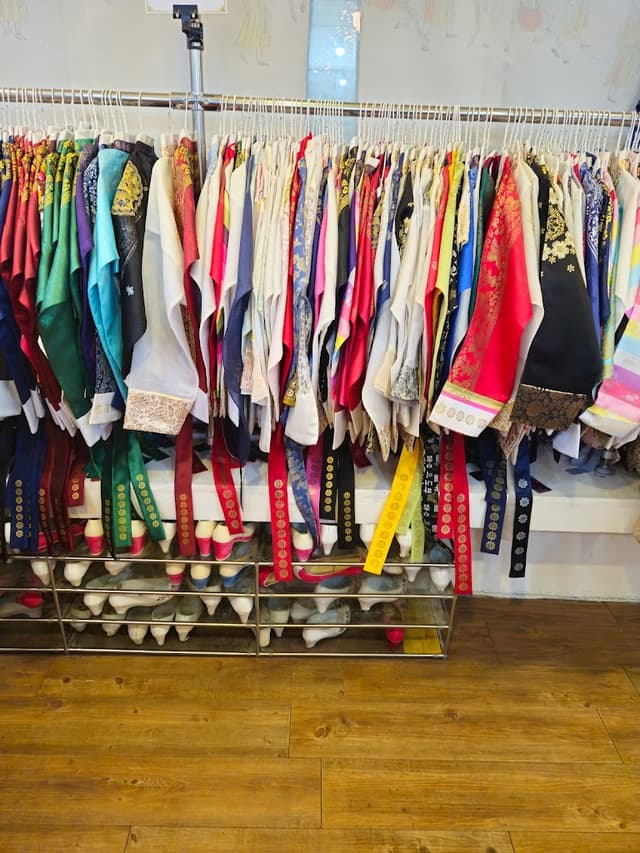
Taste: Korean Street Food
Korea is known for its fiery, flavourful cuisine and one of the best places to try a wide range of local dishes is at street markets. Crammed with vendors serving up sizzling pancakes, steaming bowls of noodles and everything in between you will certainly not be leaving hungry!
Here are a few popular dishes to look out for:
Kalguksu:- A hearty noodle soup made with knife-cut noodles simmered in a flavourful chicken or seafood broth. It’s perfect for warming you up on a cold day and pairs well with a plate of kimchi mandu (dumplings).
Bindaetteok:- A savoury pancake made with crushed mung beans and fried in hot oil until crisp and golden. It’s eaten with a soy and vinegar dipping sauce and is simple, yet surprisingly addictive.
Tteokbokki:- Chewy rice cakes cooked in a sweet and spicy gochujang (red pepper) sauce. One of the most popular Korean street foods.
Kimbap:- Seaweed and rice rolls that look similar to sushi but are filled with marinated meat and vegetables.
Bibimbap:- A mixed rice dish topped with a colourful array of seasonal vegetables.
Bungeoppang:- Crispy waffles stuffed with sweet red bean paste made in the shape of little fish. Best eaten hot off the pan!

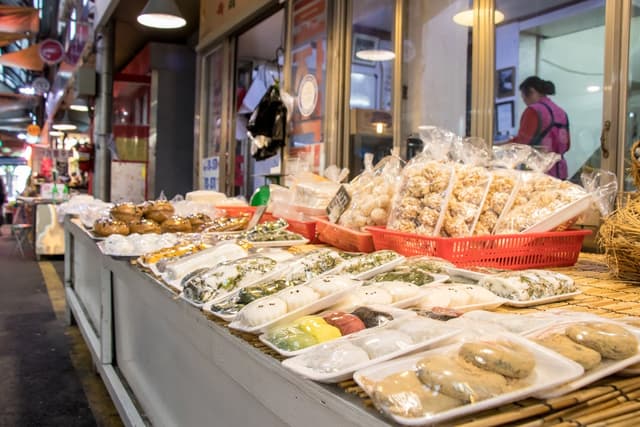

Top Tip: If you’d like to learn how to make some traditional Korean dishes yourself, why not sign up for a cooking class. This class (below) hosted through airbnb starts with a tour of the Mangwon market and a chance to try some tasty street food. You will then learn how to cook a selection of popular Korean dishes and enjoy a meal at the end with 'banchan' (side dishes) and 'makgeoli' (traditional rice wine).
Don't Miss: A stroll along the Cheonggye Stream
Winding its way through downtown Seoul, the Cheonggyecheon is a peaceful, tree-lined stream which flows right through the heart of the city. Loved by locals, it's a popular spot to visit year-round and takes on a particularly magical atmosphere at night, when the water reflects the lights from the city above.
In the summer weeping willow trees line the banks and people dangle their feet in the water to cool off, gathering under the bridges in the evening to hang out with friends. In winter, the banks are dusted with snow and the stream is illuminated with colourful lantern festivals and Christmas lights.
As you stroll along, the noise of the city fades away, and you can watch egrets and herons diving for fish in the shadow of ultra-modern skyscrapers. It’s this contrast that makes it so unique.
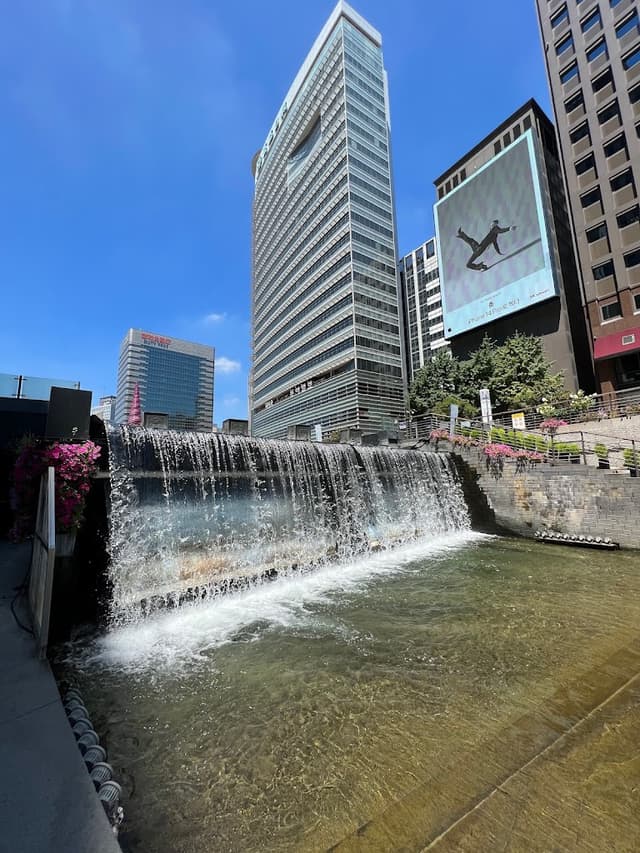
Explore: Seoul’s Traditional Neighbourhoods
In contrast to Seoul’s modern skyline, a handful of traditional neighbourhoods still survive in the heart of the city. Surrounding the royal palaces, these were places where the nobility and palace officials once lived and where artistic communities flourished.
Today, the narrow streets are lined with traditional wooden ‘hanok’ houses and give a glimpse as to what the city would have looked like in the past.
One of the most popular neighbourhoods is the Bukchon Hanok Village. This is still a largely residential area and the houses here have been lovingly restored, making it an ideal place to stroll around and soak up the old-world charm. Winding up the hillside, you’ll find shops, tearooms and cosy guesthouses, where you can experience sleeping in a traditional hanok for the night.
For a slightly hipper vibe, check out the Ikseon-dong Hanok village which is packed with trendy cafes and boutiques. It's a very popular spot for locals to hang out at the weekend so try to visit during the week if possible.
Other neighbourhoods worth exploring are Insadong, where a tangle of atmospheric alleyways hide some of the city’s most inviting teahouses and Seochon, whose narrow streets are filled with charming bookshops and cafes.
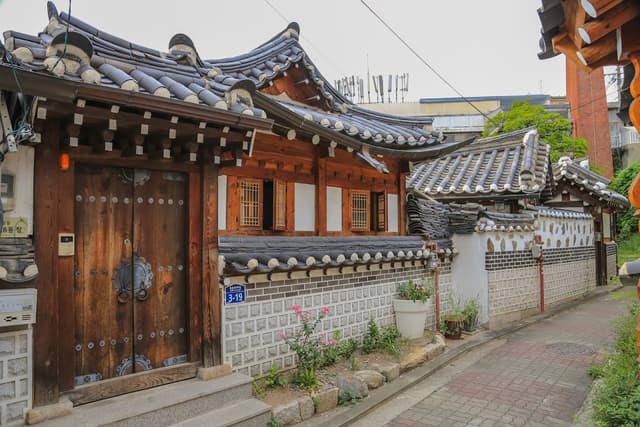
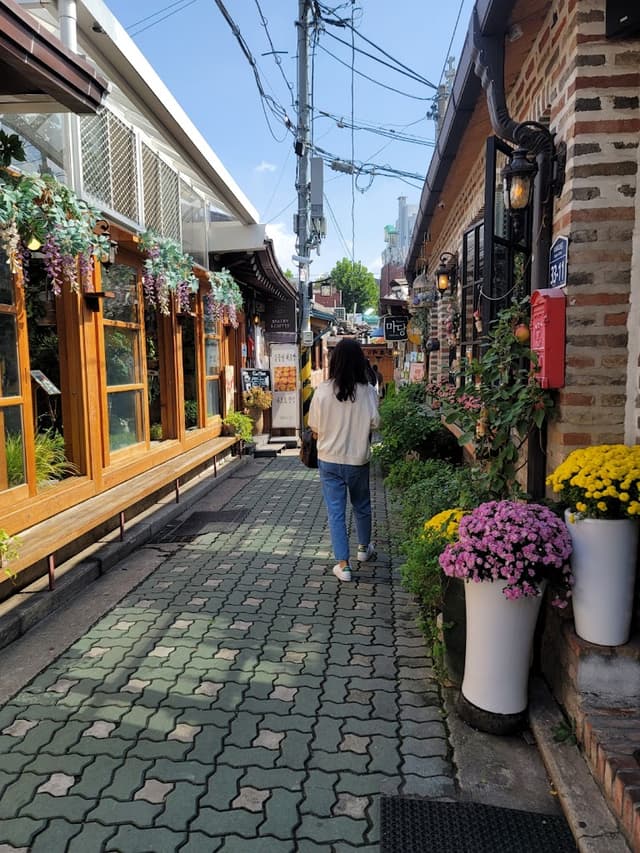
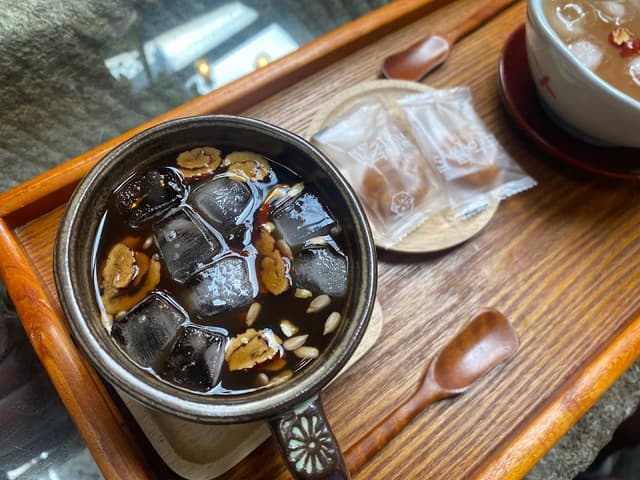
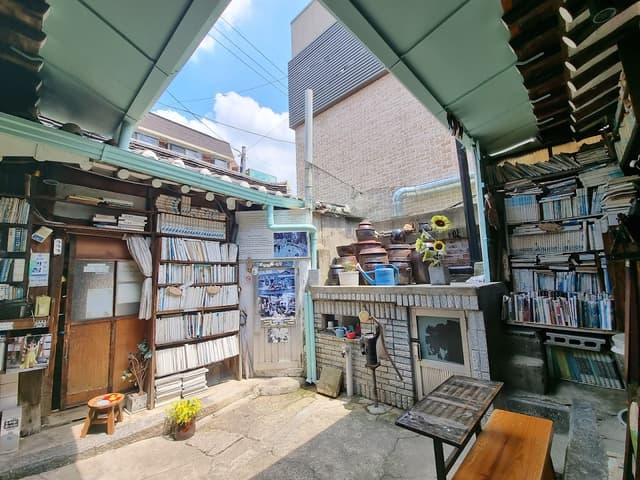
Experience: Gangnam Style
The neighbourhood of Gangnam, made famous by the catchy K-pop tune ‘Gangnam Style’, is filled with sleek skyscrapers, stylish shopping districts and fashionable Seoulites. Covering the area south of the Han river, Gangnam encapsulates the energy of modern Seoul and time spent here is all about looking and feeling good.
Start off with a stroll along Garosu-gil, a fashionable shopping street where you can enjoy some retail therapy and then stop for a break at one of the gorgeous dessert cafes. If you still have more energy for shopping, head to the Starfield COEX mall, Asia’s biggest underground shopping centre which has an endless array of retail, dining and entertainment options.
After a day of pampering finish off in style with a cocktail at one of the area's glamorous speakeasy style bars.
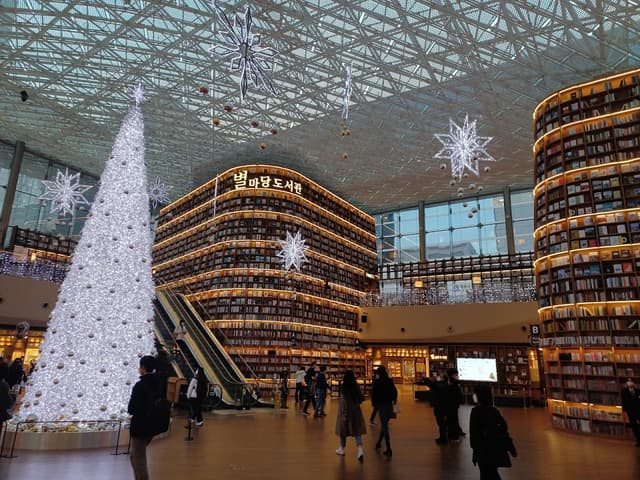

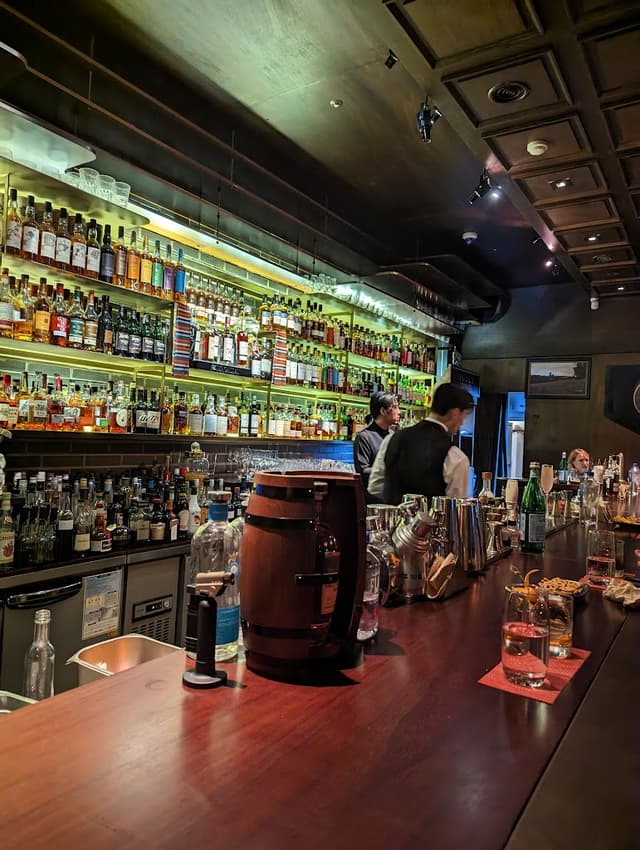
Discover: Korean Art
Korea has had a long and tumultuous history, with successive dynasties leaving behind a wealth of treasures. Many of these artefacts are on display at the National Museum, a showcase for the artistic skill and sophisticated culture found across the Korean peninsula.
Art lovers should also check out the Leeum Samsung Museum of Art, which is split into two collections. One houses traditional Korean art whilst the other features modern art by both Korean and International artists.
Also worth a visit is the Dongdaemun Design Plaza, a strikingly futuristic building with a spaceship-like aluminium design. It has become a popular cultural hub and hosts regularly changing exhibitions.
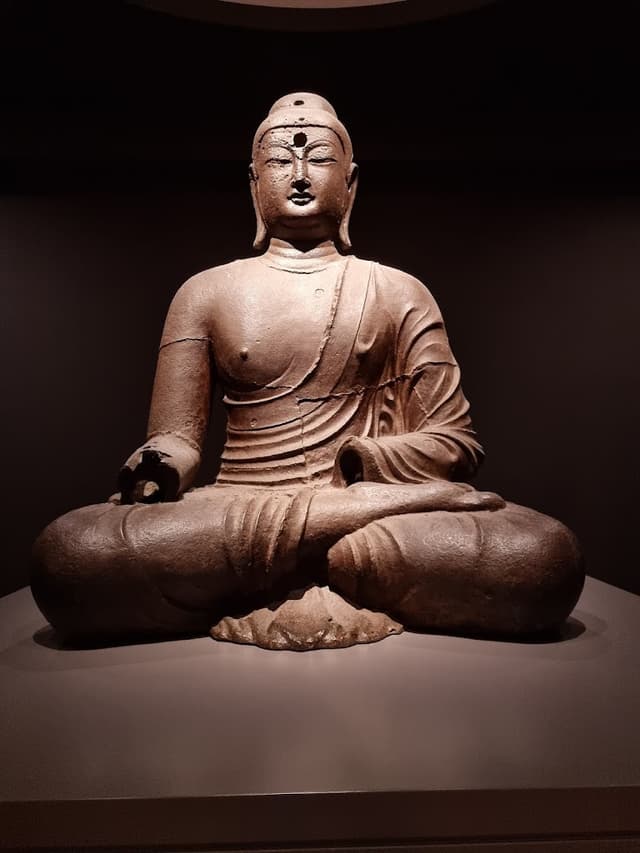
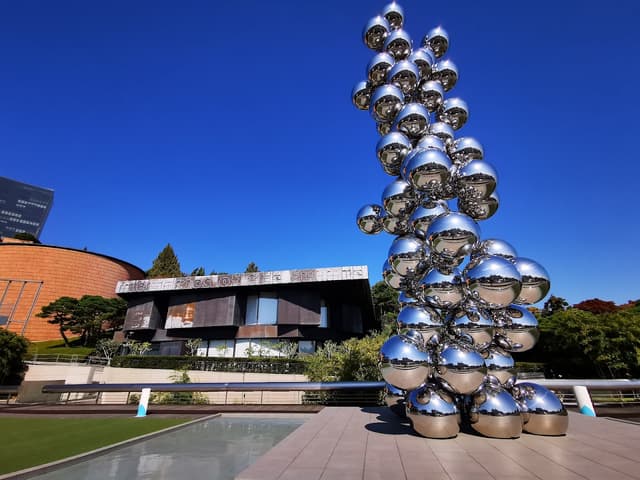

Stay:
Budget:-
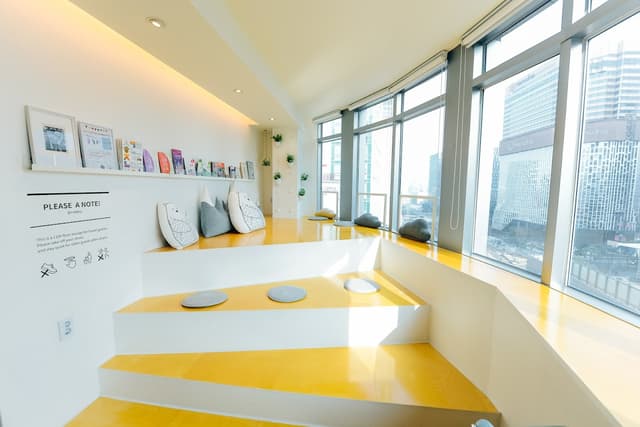
Mid-range:-

Splurge:-

Have a great time in Seoul!
The home for unique & authentic travel
